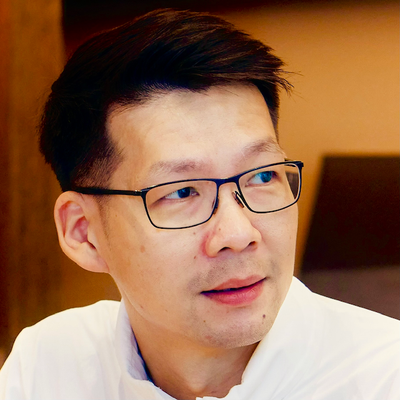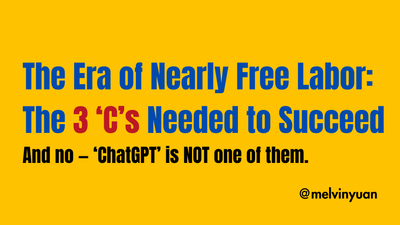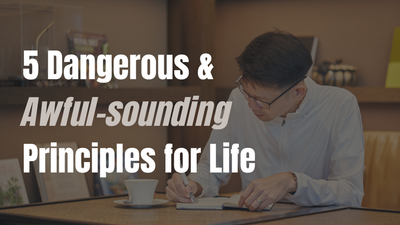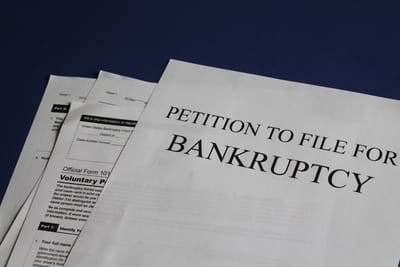Does your left hand know, what your right hand is doing?
Just two days ago, on October 9 — life on earth ended for a man who fascinates me.
Charles F. Feeney built a business empire and a $8 billion fortune... and then gave it all away.
Inspiring, but not unique. There are, after all, many billionaires and philanthropists. Can’t miss them. They’re always in the news.
But not Charles Feeney.
You’ll see it mentioned in this New York Times article:
- “Feeney gave anonymously to universities, medical institutions, scientific endeavors, human rights groups, peace initiatives and scores of causes intended to improve lives in the United States, Vietnam, South Africa, Australia, Israel, Jordan and other lands.”
- “But his name appeared on none of the 1,000 buildings on five continents that he gave $2.7 billion to fund.”
- “Those who learned his identity were told not to reveal his involvement.”
Now, why would anyone go to such an extent, to avoid being known for such benevolent behavior?
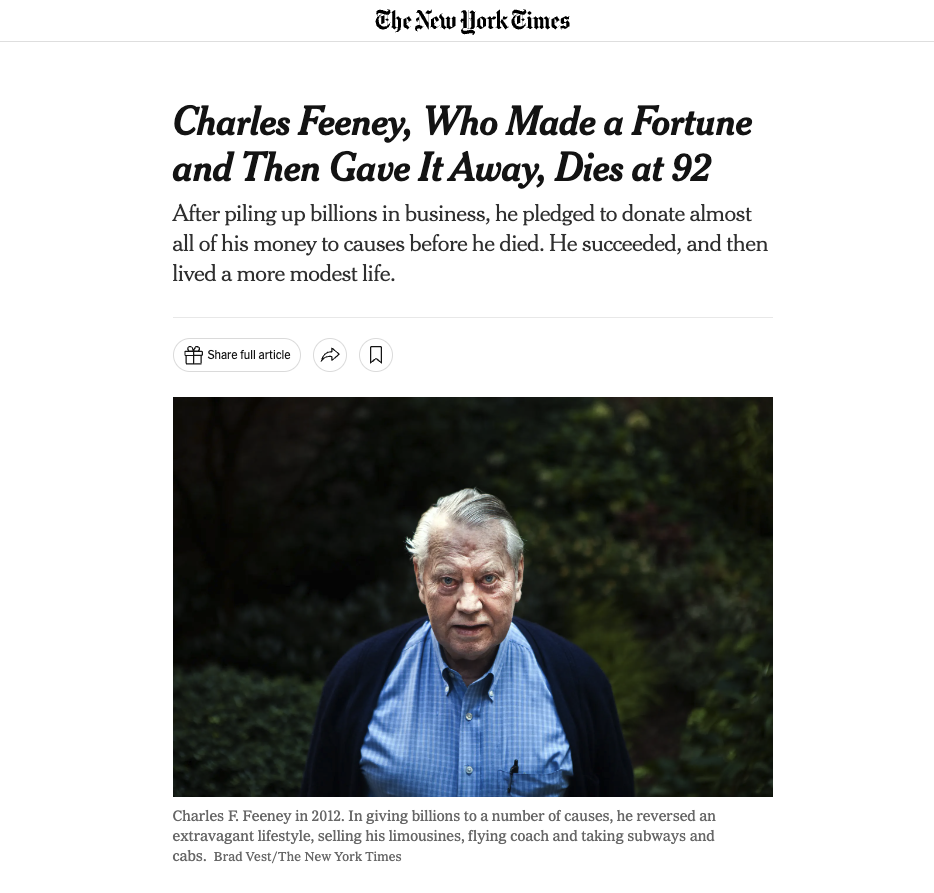
There’s a very wise saying that goes “…when you give, let not your left hand know what your right hand does, so that your giving may be secret…”
It speaks of the true reward that one gets from giving in secret. If you have some time… it’s worth the read.
Philosophers have laid out extensive arguments that demonstrate how the act (and the consequence) of giving is way more complex than we’re often aware of. These include the notions of social pressure, intrinsic and extrinsic motivations, and potential counterproductive effects of public giving.
Putting it into practice…
In just the past month, a few members of my team experienced situations in their lives — that prompted other members to give a cash gift in support of the situations.
I am grateful to be able to influence how we get to give, as a company. And in these occasions, we took the following approach:
- Reminded members that we all have unique financial situations, and members should not feel compelled to give, or expect others to give.
- Let members of the team know that they should not consciously or unconsciously, exert or succumb to social pressure.
- When they give (cash through bank transfer) — they would only let two people in the company know that they did, and how much was given…
- In one of the instances, I was responsible for consolidating the (cash) gifts. And another colleague was responsible for keeping an account.
- When I eventually gave the collective cash gift to its intended recipient, my colleague would reach out to the recipient to let them know of the amount.
- This would ensure that members could exercise love and charity as anonymously as possible, without creating or bending to social pressure; and at the same time, have confidence that collective giving is being diligently accounted for.
It took a few extra steps to accomplish what would otherwise have been an act that was published in one of our company Slack channels. But I thought that the effort was worth it.
The reason I list these steps here — is to hopefully, spur some discussion on how to hone the process of collective giving.

Thanks for reading Here today... somewhere else tomorrow.! Subscribe for free to receive new posts and support my work.
